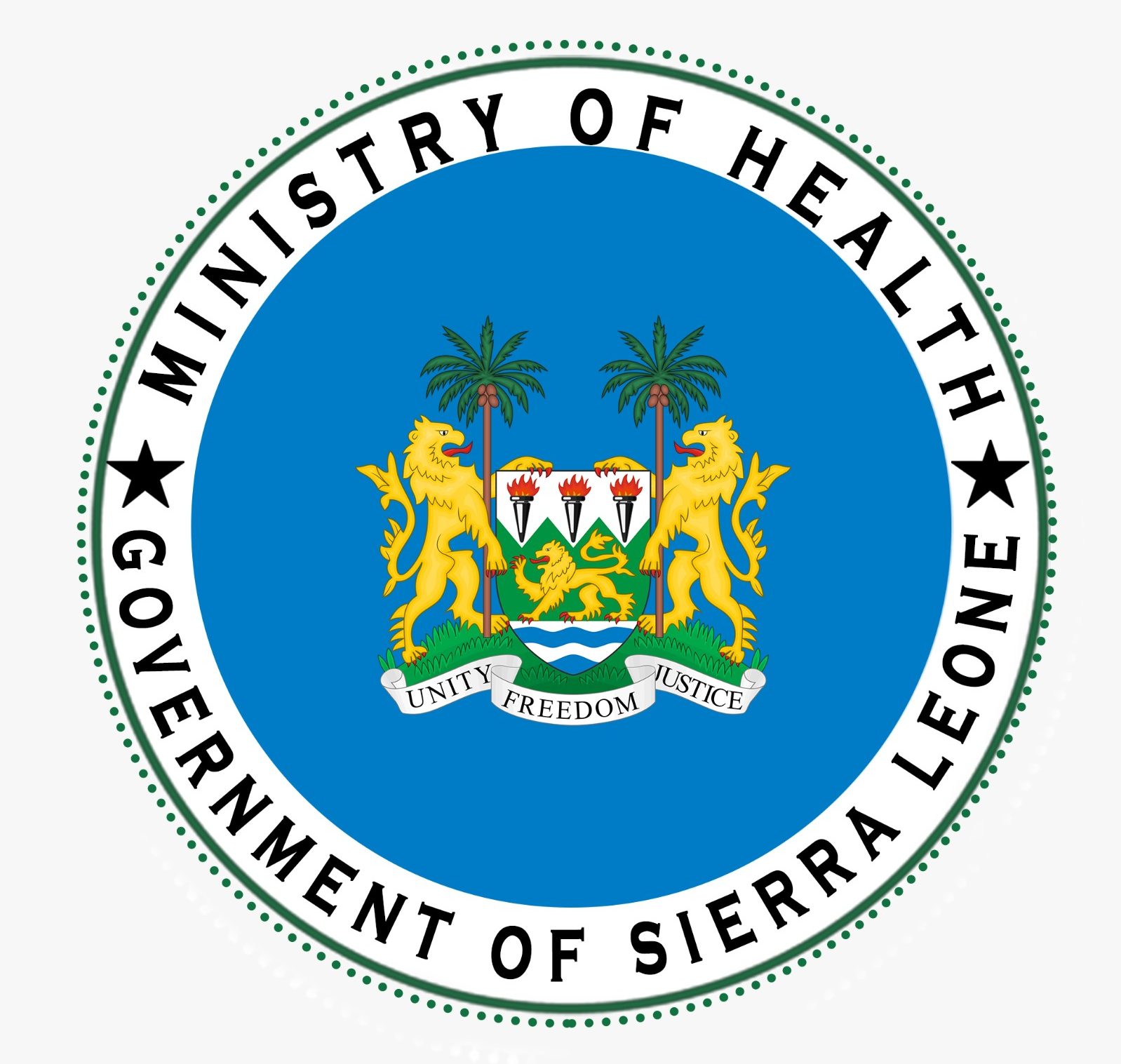Mission:
Building an interconnected and trackable SURGE personnel deployment team in Sierra Leone.
Goal:
Ensure availability of dedicated, trained, and ready for deployment of multi-disciplinary SURGE personnel at National and Sub-National levels to include both public and private sectors.
The West Africa Ebola outbreak, the COVID-19 Pandemic, and the Wellington Fire Disaster highlighted the reality that public health emergencies have a dual impact on human health, livelihoods, national economies, and development. A comprehensive workforce development strategy to ensure availability of dedicated, trained, and ready for deployment multidisciplinary SURGE personnel at the national and sub-national level is critical to include both public and private sectors.
Since 2020, the MoH in collaboration with other MDAs and technical partners have been working on developing a mechanism for deployment of SURGE personnel according to international standards.
SURGE personnel are multi-disciplinary teams that include laboratory experts, epidemiologists, anthropologists, entomologists, veterinarians, data managers, as well as experts from other sectors such as field logistics and coordination, infection prevention and control (IPC), risk communications, community engagement, gender-based violence, WASH, nutrition, finance and administration, and mental health and psychosocial support.
During a public health emergency response, it is important that the public health workforce has adequate capacity to deliver services effectively. This requires the number of available staff with the necessary skills and expertise to meet the arising demands. It is also important that this workforce has been trained to provide appropriate public health services and preparations have been made to incorporate new staff into response teams.
When the magnitude or nature of a precipitating event exceeds the available capacity of the existing public health workforce, a “surge” in staffing may be necessary. Optimizing efficiency and minimizing duplication of resources is increasingly important as the workforce is stretched during a surge response.
These needs may be addressed by pooling and sharing resources through the deployment mechanisms outline in the personnel deployment plan. This document addresses planning issues that may arise in these circumstances.
Purpose Of Sierra Leone Personnel Deployment Plan: A SURGE Workforce Strategy
The purpose of this plan is to provide strategic guidance and support tools for surging personnel in and out of the county in response to public health events that exceed the existing capacity (e.g. infectious disease outbreak, chemical release, contamination incident, natural disaster).
This strategy is designed to facilitate collaboration between MDAs regarding public health surge workforce mechanisms and linking with existing structures and processes.
Scope Of Sierra Leone Personnel Deployment Plan: A SURGE Workforce Strategy
Emergencies occur with little or no warning and often cause excessive threat to available resources, disrupt normal services, and require large number of personnel to be deployed or received in country to provide emergency support to the affected population.
The scope of the Sierra Leone personnel deployment plan covers mechanisms to Strengthening Utilization of Response Group for Emergencies (SURGE) workforce (RRT, EMTs) in response to public health needs during emergencies.
This supports the achievement of the International Health Regulations (IHR) monitoring and evaluation framework of the Joint External Evaluation (JEE) Indicator R.1.4: that requires countries to have mechanisms in place for activation and coordination of health personnel and teams in a public health emergency.
Principles for Deciding to Surge Staff
The need to surge personnel is influenced by the features of the threat, the existing resources of the responding entity and the potentially affected population. As the public health demand increases, initial decisions about surge requirements should be made by the Sierra Leone personnel deployment plan SURGE steering committee in conjunction with the relevant stakeholders.
Importantly, the perception of the threat and the expectation of the public to reach a rapid resolution may influence the decision to surge independently of the actual public health risk.
Responding to perceived risks and satisfying public demands can be resource intensive. Information about these factors may be incomplete at the beginning of a public health response. In this situation personnel surge processes should be initiated early in the response
As details of the threat are subsequently understood the surge personnel can be stood down if and/or when their services are not required.
Source Of Public Health Surge Staff
Identifying available pools of surge personnel with relevant skills is a key feature of public health emergency preparedness and will contribute to the efficiency of a surge response. Matching existing job descriptions with the skill sets required may assist with this process.
Country and/or districts may also need additional staff at times when the rest of the health service’s workforce is also in demand or diminished. The expected duration and pervasiveness of the response influences the release of staff, the contribution of Human Resources departments from MDAs and the capacity for temporary redistribution of work tasks within teams.
Management of SURGE Personnel
The Sierra Leone SURGE personnel rostering and tracking system is an easily searchable system capable of producing lists of personnel with specific skills or other characteristics. This system will facilitate quick identification of appropriate personnel for mobilization during emergency.
This system will maintain current, up-to-date data on each staff member and may include:
Contact information
Regular employment organization
Designated role(s)
Relevant skills for their designated role(s)
Team leader qualification
Training tracking
Response experience
Language skills
On-call months (if applicable)
Any factors that may influence their ability to respond effectively and safely, “readiness”, such as medical clearances and vaccination status if applicable.

